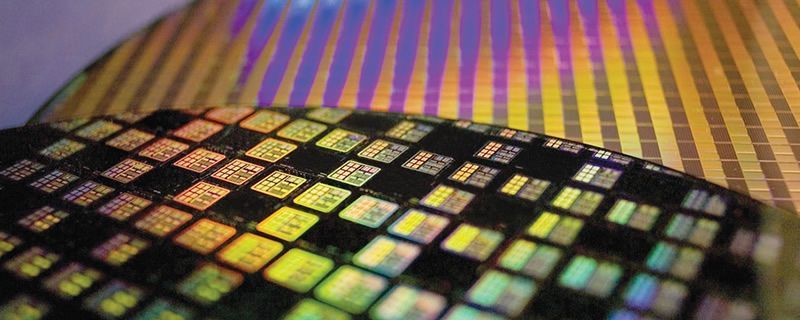It is likely that TSMC’s 7nm process node will not be fully utilized in the first half of 2019. TSMC’s 7nm process node will become just a factor in 2019, acting as a node from which AMD’s 7nm CPU and GPU designs will be forged, while being used in high-end mobile processors such as Apple and Qualcomm.
Qualcomm, HiSilicon, and Apple are reducing their TSMC 7nm silicon orders in benefit of AMD
The 7nm is a major leap forward over the 14nm and 16nm nodes commonly used to make today’s PC hardware, offering improvements in performance, density, and energy efficiency.
A DigiTimes report found that TSMC’s 7nm node will be “underutilized” in the first half of 2019 with a capacity of 80 to 90%. Qualcomm, HiSilicon, and Apple have reduced their orders for 7 nm silicon, possibly due to lower than expected demand in the high-end smartphone segment, leaving TSMC free to sell to other manufacturers.
This low “acceptance” of TSMC’s 7nm could be good news for AMD, depending on the success of their first 7nm products, giving them a little more scope to expand their wafer orders if necessary. AMD’s second-generation EPYC (ROME) processors will make a quantum leap in the server market, with performance, scalability and performance advantages of 7nm perfectly aligned with the design of the AMD Zen 2 processor.
TSMC forecasts that 7nm will contribute 20% of the company’s revenue in 2019 with more than 50 designs planned and more products on the way.
